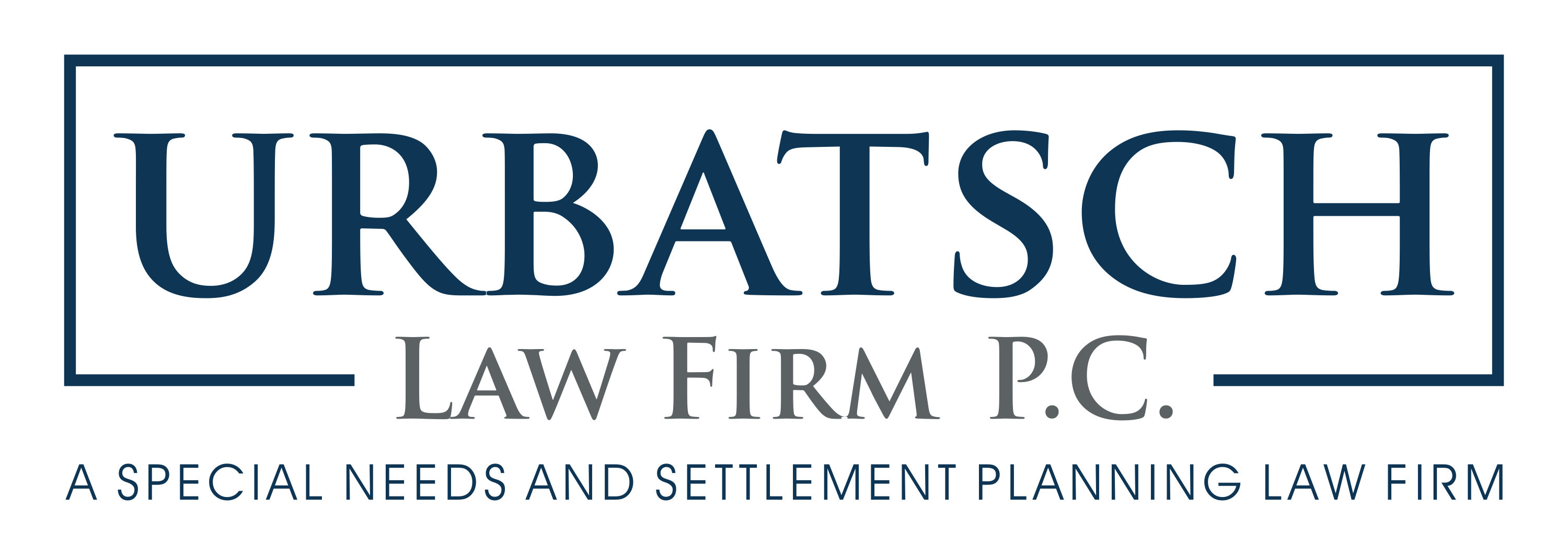 How can you ensure that your child will remain well cared for and secure once others assume the role of guardian or caregiver? While creating a financial plan and establishing a specialized trust are central to preparing for your child’s future, special needs planners also advise families to write down their intentions and expectations in a document referred to as a Memorandum of Intent, also known as a “Letter of Intent.” This document can be used to describe your child’s health care and therapeutic needs, identify lifestyle preferences and provide contact information for doctors, therapists and teachers. It also can be used to convey insights into your child’s personality and history that future caregivers might not easily gain on their own.
How can you ensure that your child will remain well cared for and secure once others assume the role of guardian or caregiver? While creating a financial plan and establishing a specialized trust are central to preparing for your child’s future, special needs planners also advise families to write down their intentions and expectations in a document referred to as a Memorandum of Intent, also known as a “Letter of Intent.” This document can be used to describe your child’s health care and therapeutic needs, identify lifestyle preferences and provide contact information for doctors, therapists and teachers. It also can be used to convey insights into your child’s personality and history that future caregivers might not easily gain on their own.
The Memorandum is not legally binding and, when directions conflict, those in wills, trusts and other legal documents take precedence. But for “non-legal” matters, it will serve as the primary source of information about your child, providing a roadmap for the courts, guardians, caregivers and others involved in your child’s life. That can be critical in easing your child’s transition, ensuring continuity of care and treatment, as well as appropriate decision making regarding living arrangements and other lifestyle choices.
Getting Specific
Exactly what should you include in the Memorandum of Intent? While the scope and nature of information will vary from one family to another, certain details should be included in any Memorandum. The document identifies individuals and organizations that should be contacted upon the parents’ death or incapacity, provides the child’s name and date of birth, lists doctors, therapists, schools and extracurricular programs, details medical and therapeutic treatments and explains preferences regarding education, religion and childrearing practices.
Given the complexity of providing a future caregiver with an immediate “feel” for your child, you may wish to use the Memorandum’s “Miscellaneous Instructions” section to offer more general information. This may include your child’s personal history, degree of independence or mobility, behavioral issues and need for assistive technologies. It also may cover hobbies, interests or unique personality traits. For example, if your child has a great sense of humor, is especially kind or shows a talent for painting, you might wish to share that information here. The section also can be used to describe your wishes regarding living arrangements, education and work or career goals. Finally, it may be used to identify the location of medical records and other important documents future caregivers will need to assure continuity of care.
Getting Started
While writing a Memorandum of Intent can be time-consuming and emotionally taxing, it’s very important not to postpone this task. Without such a document, future caregivers will lack a comprehensive, thoughtful record of your child’s history, needs, hopes and dreams. If possible, try to include your child in the process of creating the document so it truly will reflect his or her perspective. For example, you might ask about his favorite activities or foods or inquire about her dreams for social activities or future vacations. Once the Memorandum is complete, place the original in a secure location and distribute copies to others involved in your child’s life. Then, mark your calendar, setting aside time to revise the Memorandum at least once a year so it will continue to reflect your child’s current life stage and situation.






